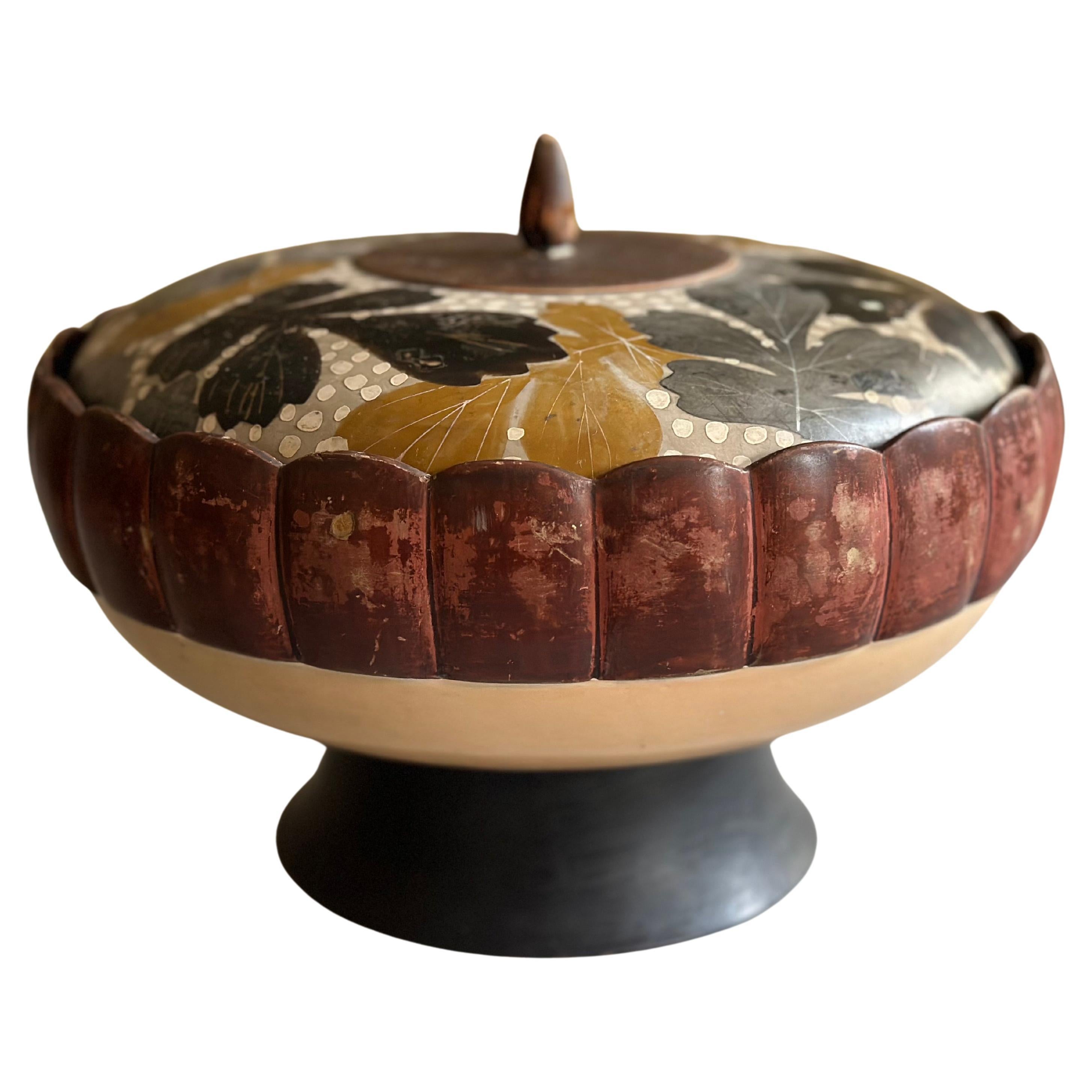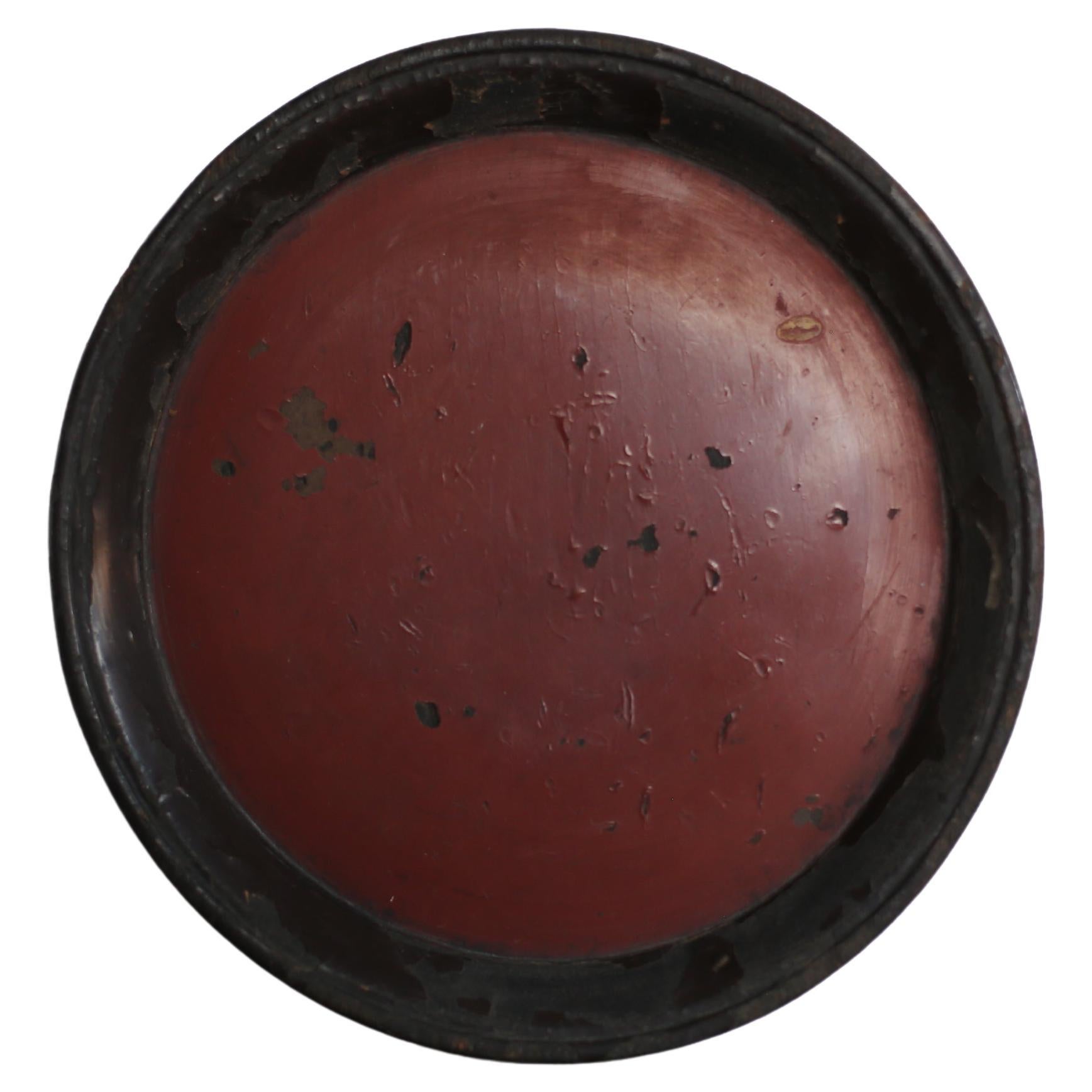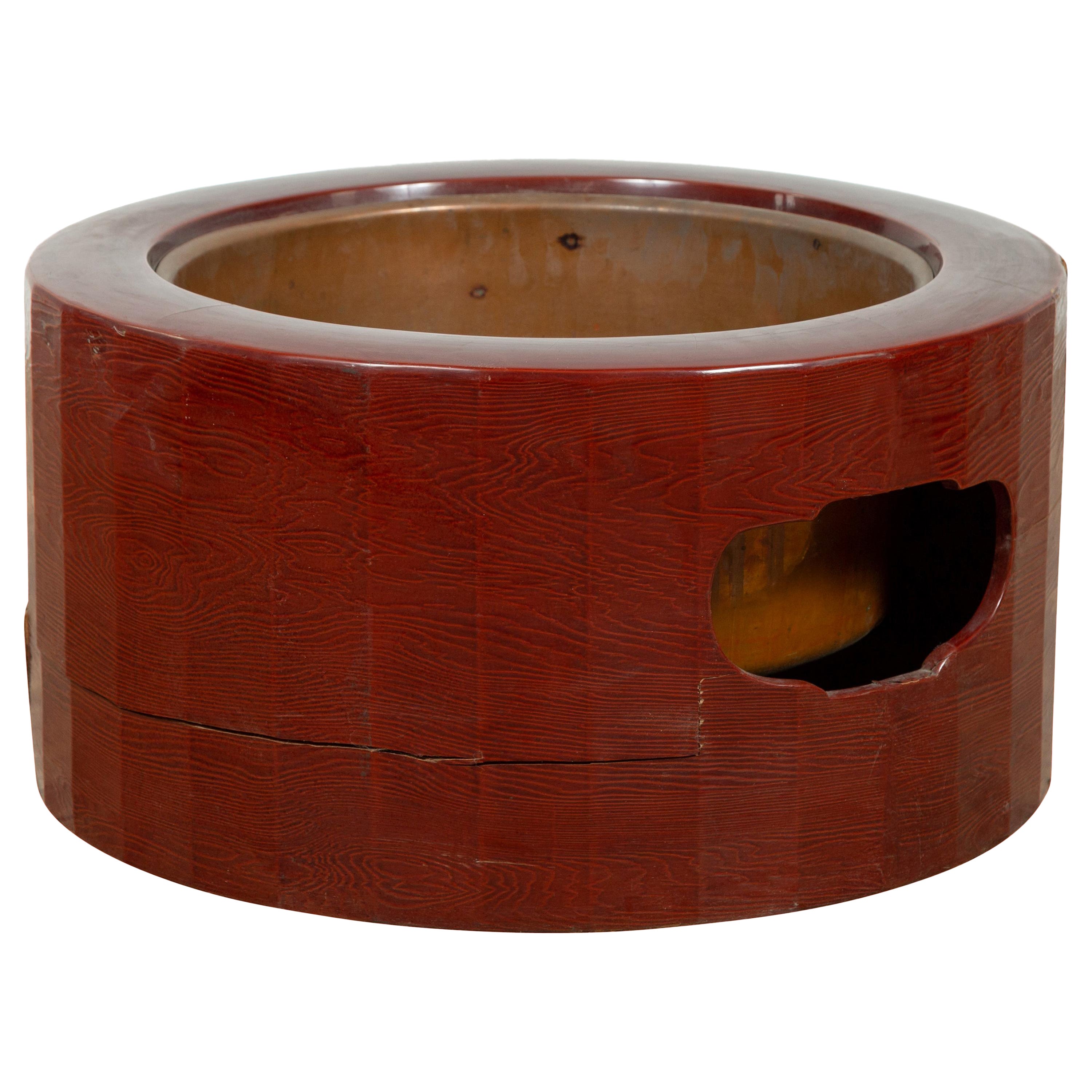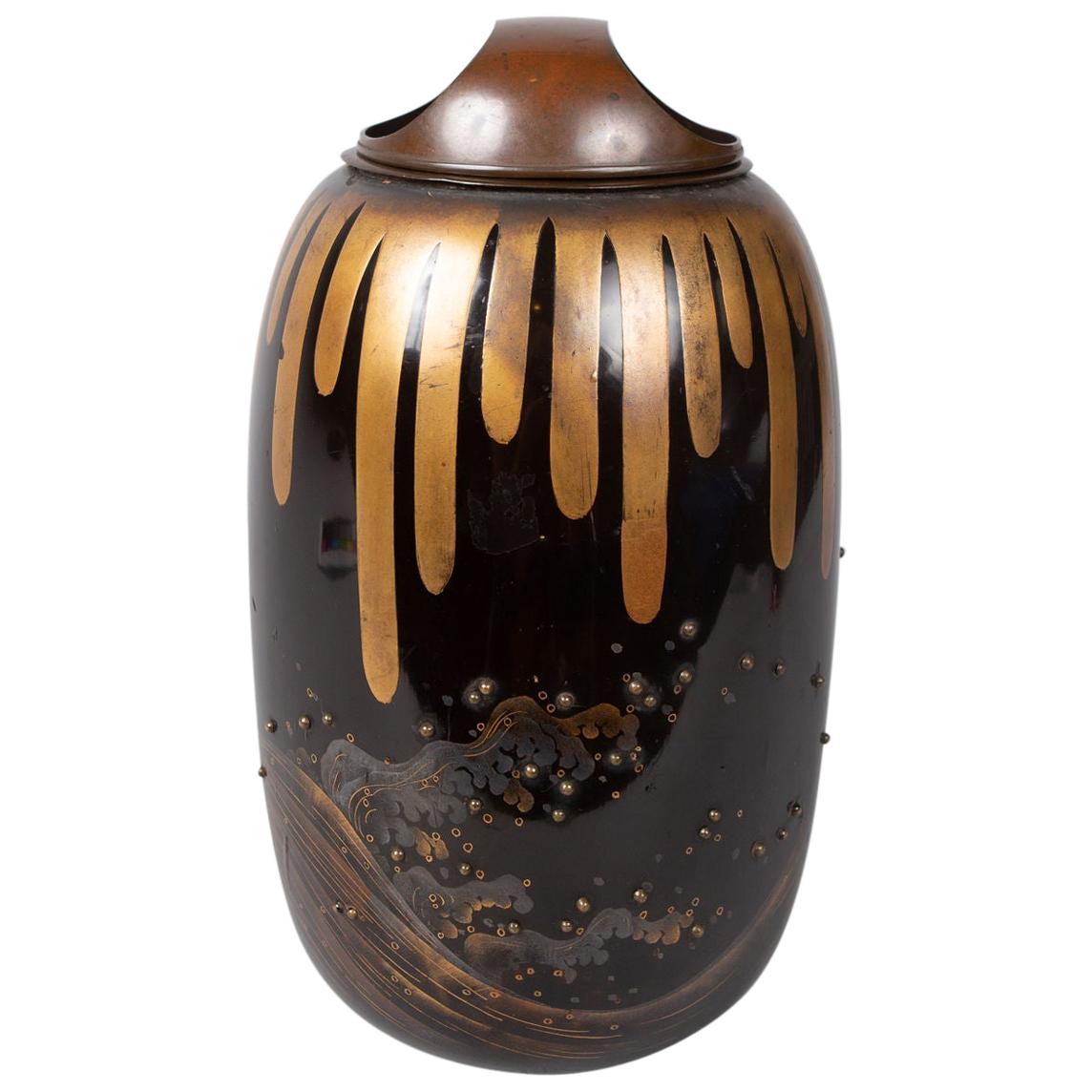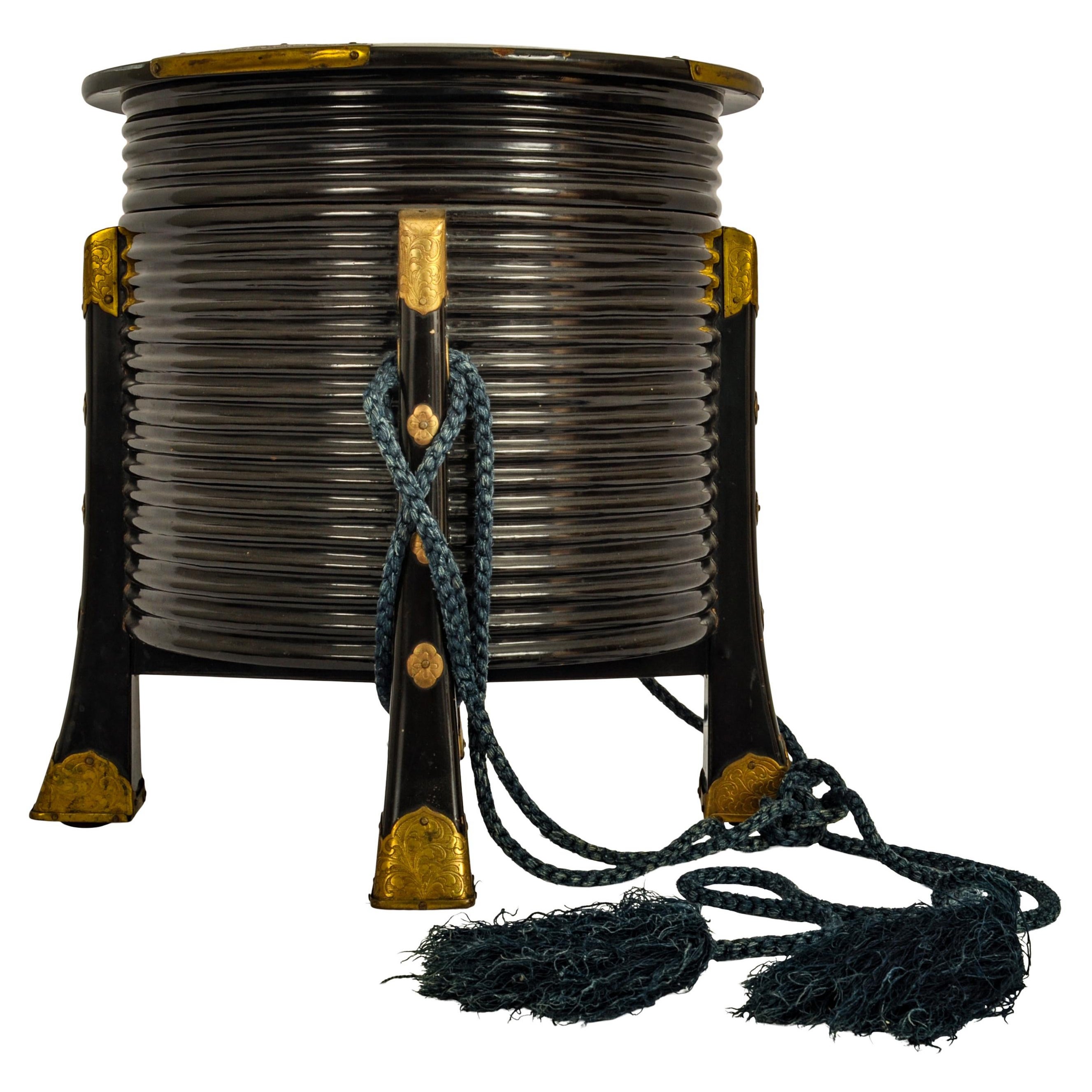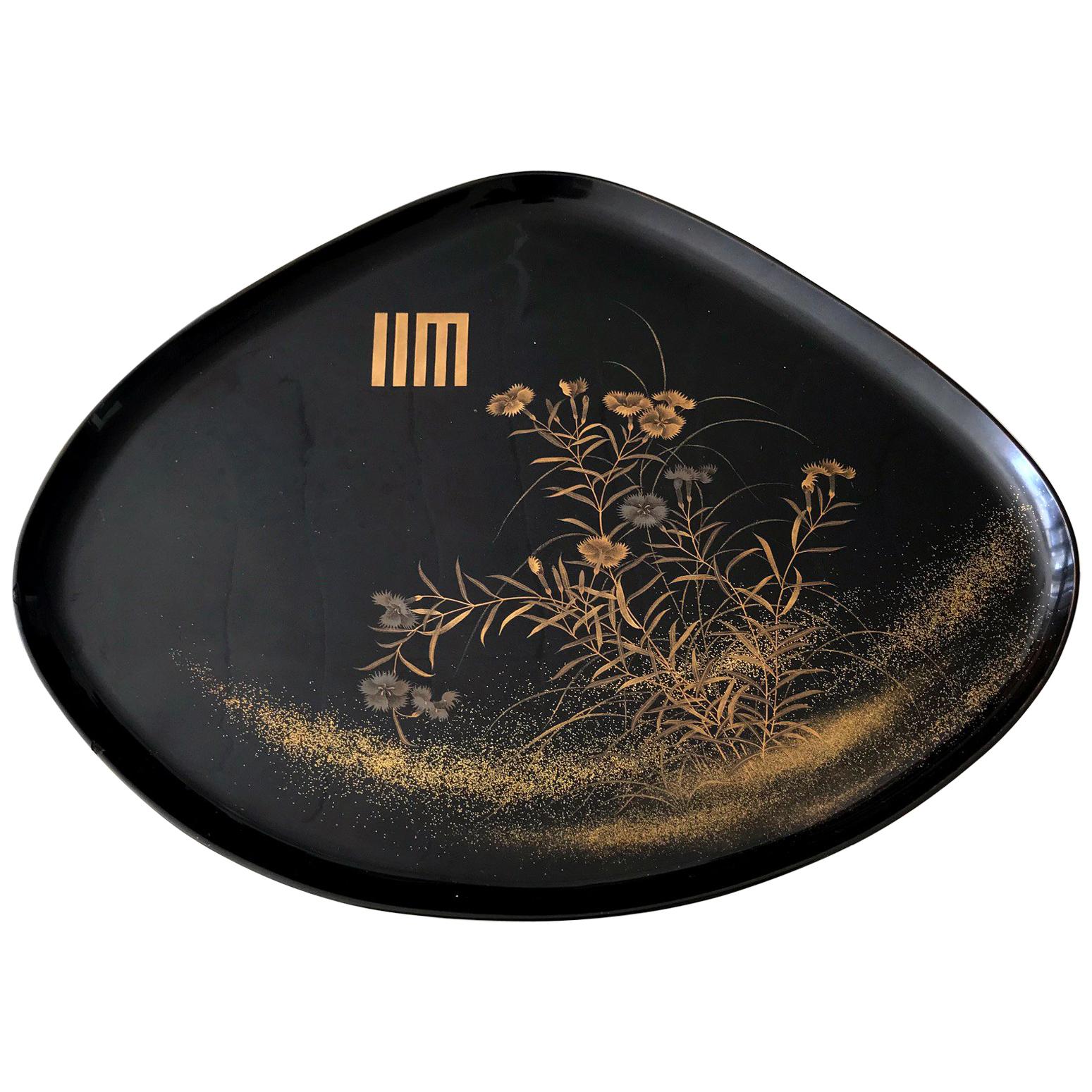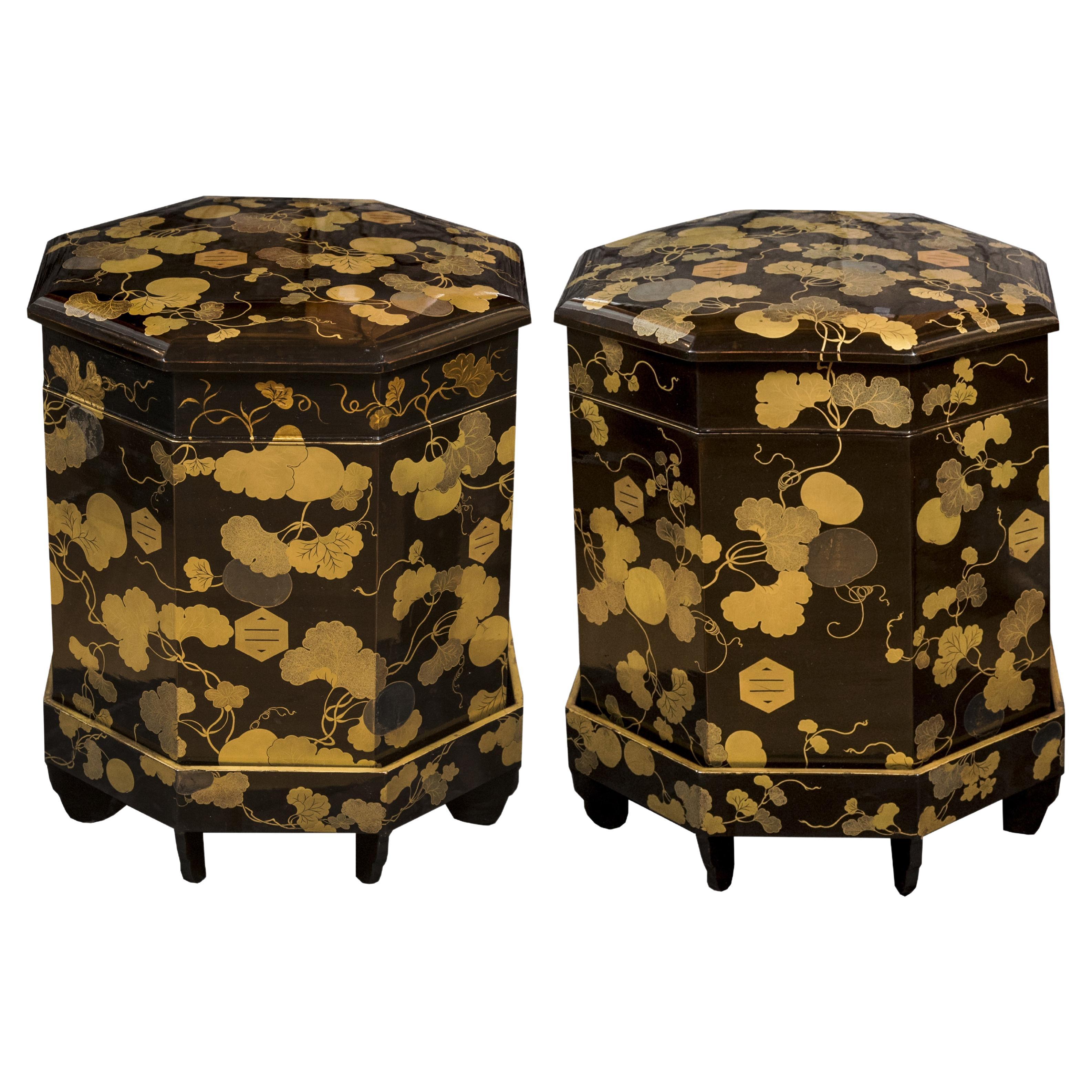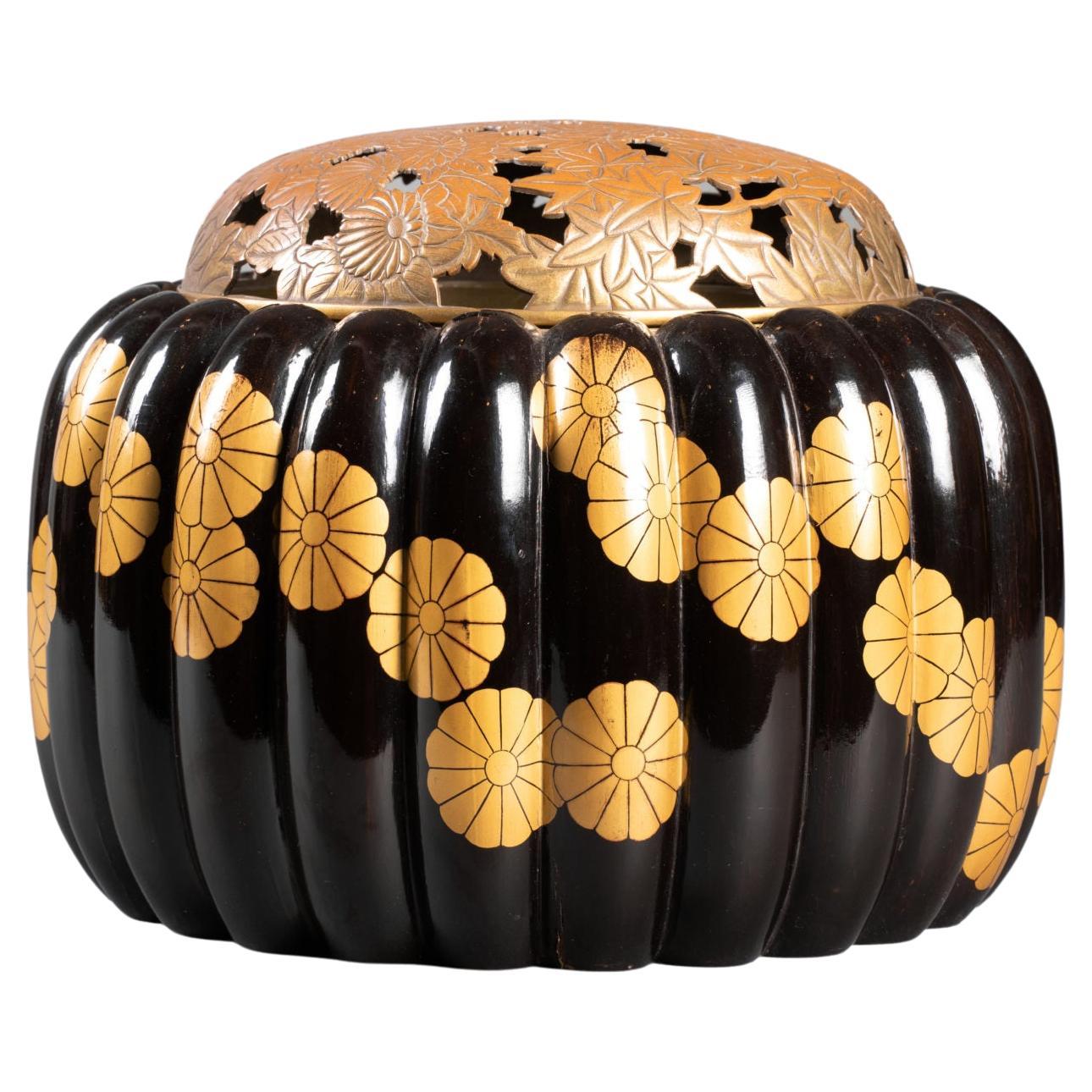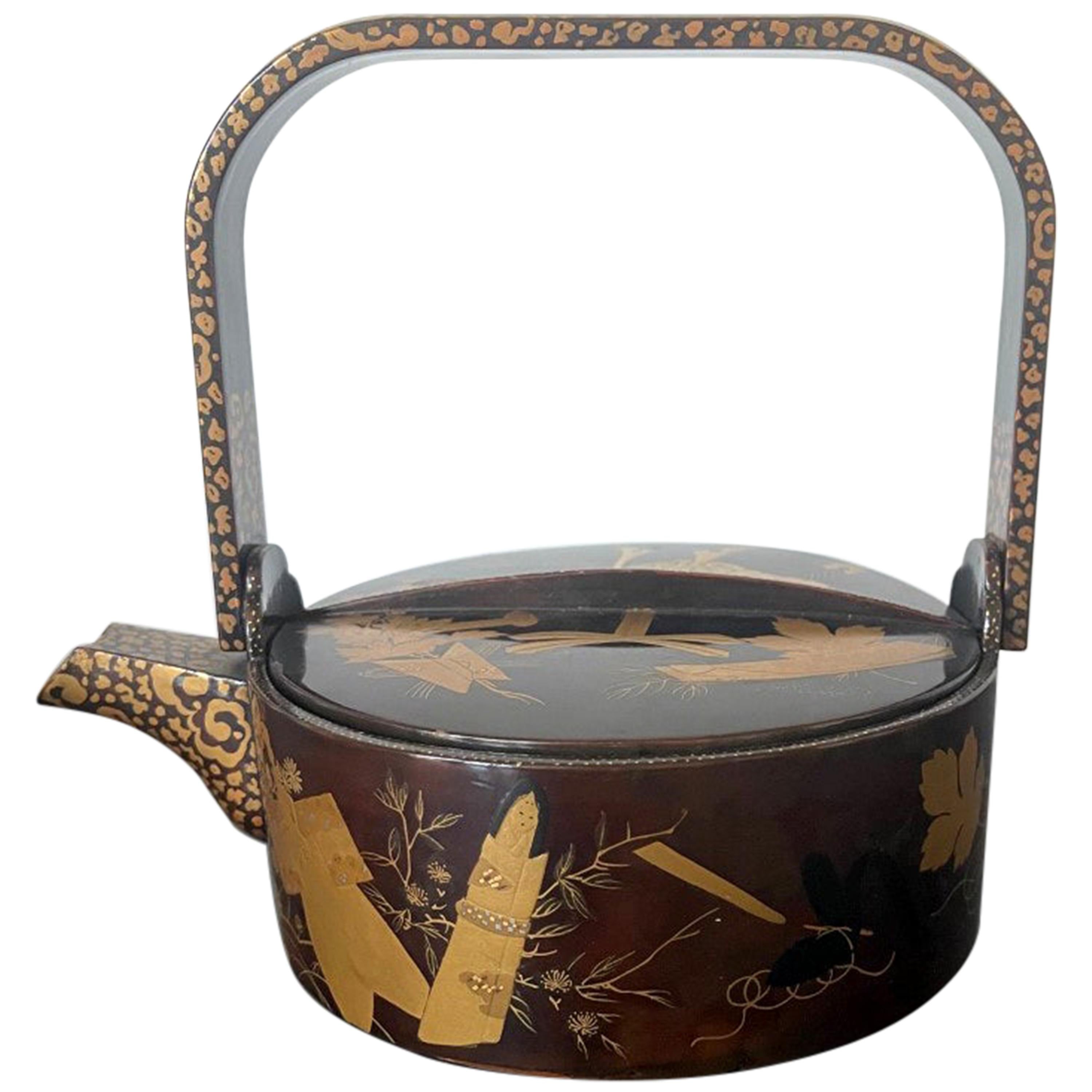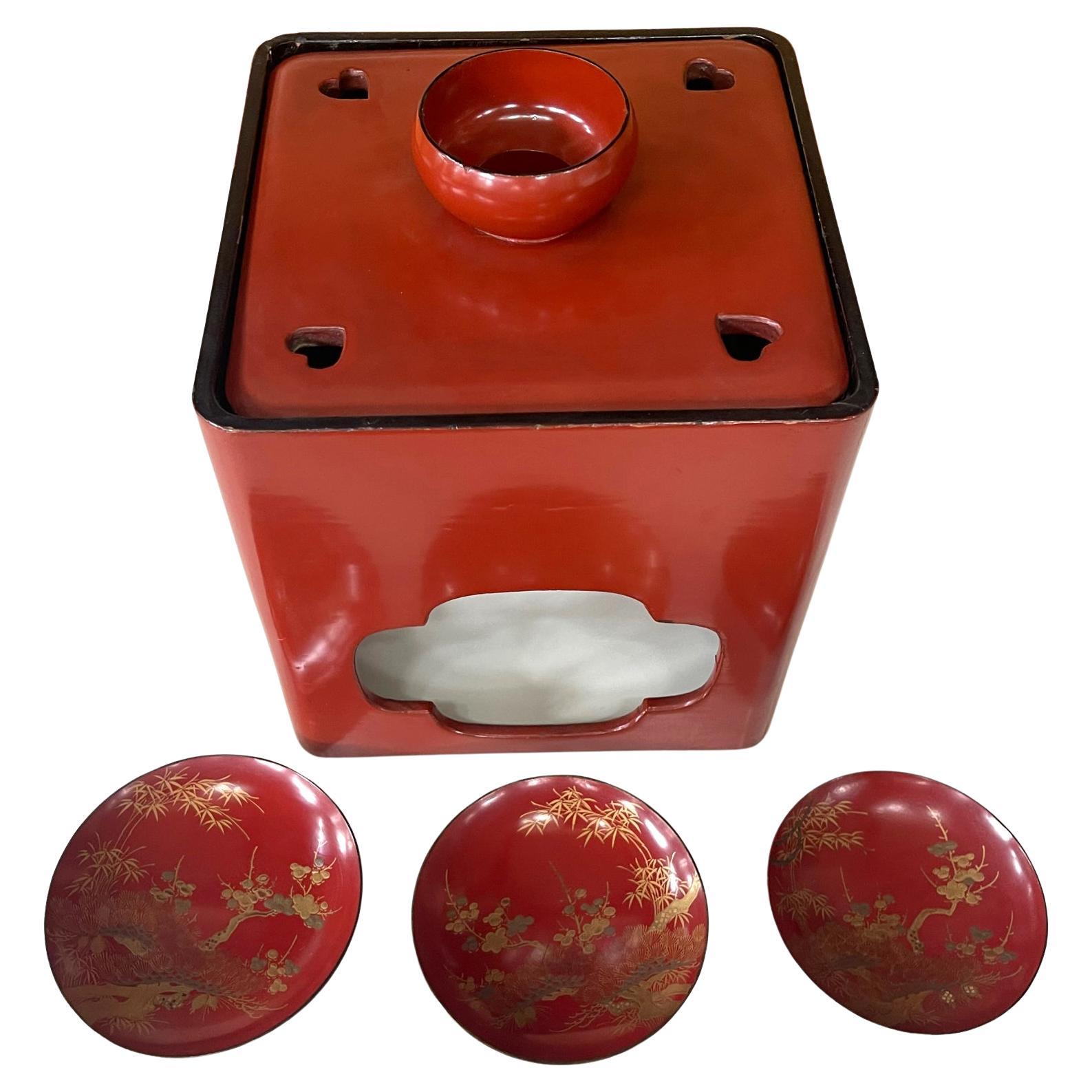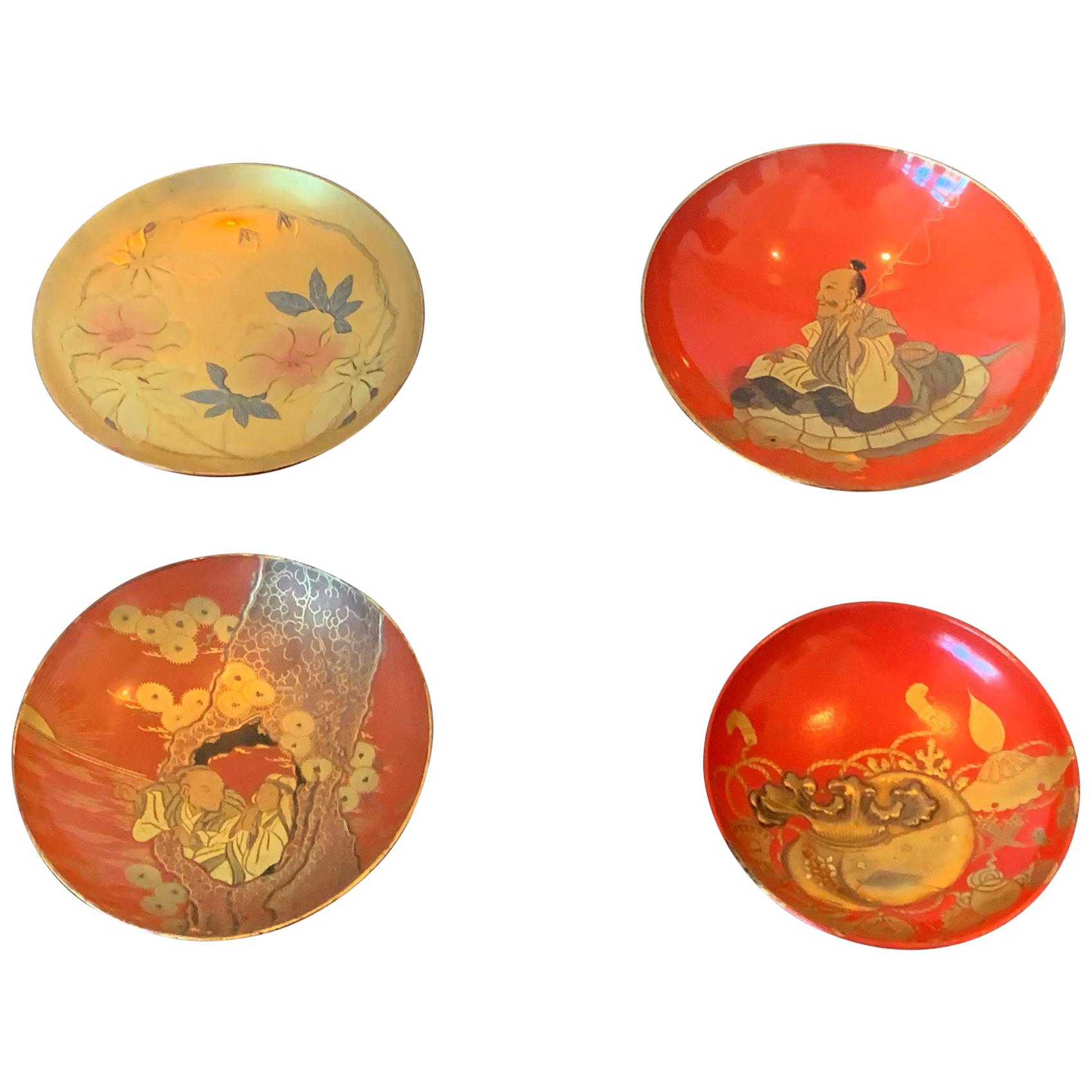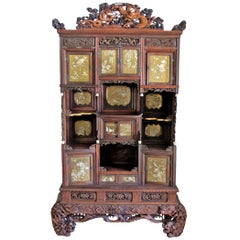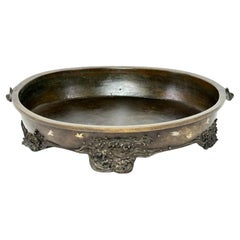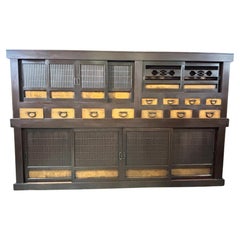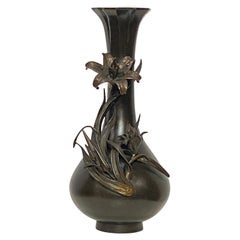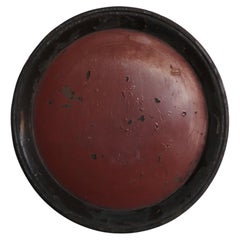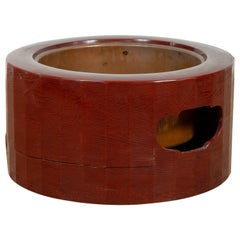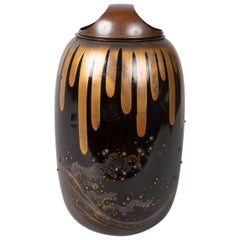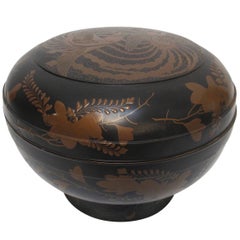
Japanese Meiji Period Lacquered Lidded Bowl
View Similar Items
Want more images or videos?
Request additional images or videos from the seller
1 of 11
Japanese Meiji Period Lacquered Lidded Bowl
About the Item
- Dimensions:Height: 9.25 in (23.5 cm)Diameter: 9.5 in (24.13 cm)
- Materials and Techniques:
- Place of Origin:
- Period:
- Date of Manufacture:1868-1912
- Condition:Wear consistent with age and use.
- Seller Location:San Francisco, CA
- Reference Number:1stDibs: LU81289425563
About the Seller
4.8
Gold Seller
Premium sellers maintaining a 4.3+ rating and 24-hour response times
Established in 1986
1stDibs seller since 2005
868 sales on 1stDibs
Typical response time: 3 hours
Authenticity Guarantee
In the unlikely event there’s an issue with an item’s authenticity, contact us within 1 year for a full refund. DetailsMoney-Back Guarantee
If your item is not as described, is damaged in transit, or does not arrive, contact us within 7 days for a full refund. Details24-Hour Cancellation
You have a 24-hour grace period in which to reconsider your purchase, with no questions asked.Vetted Professional Sellers
Our world-class sellers must adhere to strict standards for service and quality, maintaining the integrity of our listings.Price-Match Guarantee
If you find that a seller listed the same item for a lower price elsewhere, we’ll match it.Trusted Global Delivery
Our best-in-class carrier network provides specialized shipping options worldwide, including custom delivery.More From This Seller
View AllJapanese Carved and Lacquered Shibayama Cabinet, Meiji Period
Located in San Francisco, CA
An elaborate and finely detailed carved wood, and gold lacquered Shibayama cabinet (Chigaidansu). Having beautifully applied semi-precious stone and ...
Category
Antique 19th Century Japanese Meiji Furniture
Materials
Mother-of-Pearl, Wood
Japanese Meiji Period Bronze Suiban Ikebana Planter Bowl with Inlay
Located in San Francisco, CA
This large fine quality bronze bowl planter, known as a Suiban Ikebana, dates to the Meiji period (late 19th to early 20th century) and is perfect for flower arrangements or bonsai a...
Category
Antique Late 19th Century Japanese Meiji Metalwork
Materials
Gold, Silver, Bronze
Large Antique Japanese Meiji Period Mazuya Tansu Cabinet
Located in San Francisco, CA
A large impressive antique Japanese Mizuya Tansu cabinet (kitchen chest) in 2 sections, made of Hinoki (Cypress) and Chestnut woods. All original...
Category
Antique Late 19th Century Japanese Meiji Furniture
Materials
Chestnut, Cypress
Large 19th Century Japanese Meiji Period Bronze Vase
Located in San Francisco, CA
A large and elegant Meiji period bronze vase with floral decoration and original patina, unsigned.
Japan, last quarter of the 19th century.
Category
Antique Late 19th Century Japanese Meiji Metalwork
Materials
Bronze
Large Japanese Meiji Period Imari Vase, 19th Century
Located in San Francisco, CA
A large and impressive fine quality 19th century Imari vase, with hand painted classical floral motif and inset panels painting of playful Foo Dogs.
Japan, Meiji period, late 19th c...
Category
Antique Late 19th Century Japanese Meiji Ceramics
Materials
Porcelain
Signed Japanese Meiji Period Table Top Screen, circa 1890
Located in San Francisco, CA
Meiji period Japanese lacquered and hand painted folding table top screen.
The bas relief (heavily textured) sculptural painting of a serene quiet nature setting in an intricately ca...
Category
Antique Late 19th Century Japanese Meiji Paintings and Screens
Materials
Wood, Lacquer, Paint
You May Also Like
Antique Japanese lidded bowl from the Meiji period, lacquer
Located in Hamburg, DE
This antique Japanese lidded bowl from the Meiji period, around 1900, is a stunning example of traditional lacquer craftsmanship, combining aesthe...
Category
Antique Early 1900s Meiji Lacquer
Materials
Wood
Old Round Plate with Japanese Lacquer / Meiji-Taisho / Urushi
Located in Sammu-shi, Chiba
A wooden vessel used from the Meiji era to the Taisho era.
Probably a beech tree.
It is made by hollowing out.
It's very cool, isn't it?
It is a lacquered tall foot round tray made ...
Category
Mid-20th Century Japanese Taisho Lacquer
Materials
Beech, Lacquer
Japanese Taishō Period Early Red Lacquered Circular Hibachi, Early 20th Century
Located in Yonkers, NY
A Japanese Taisho period circular red lacquered hibachi from the early 20th century, with metal liner and lateral handles. Used for cooking or w...
Category
Early 20th Century Japanese Taisho Lacquer
Materials
Metal
Japanese Lacquer Koro 'Incense Burner'
Located in Hudson, NY
Removable bronze top, with gold drip pattern at top. Cresting ocean waves on bottom with raised silver sea spray.
Category
Antique Early 19th Century Japanese Edo Lacquer
Materials
Silver, Bronze
Large Antique Japanese Meiji Period Circular Hokai Lacquer Box & Lid 1890
Located in Portland, OR
A fine & large antique Japanese Meji period lacquer lidded Hokai box with chased brass hardware and original ropes, circa 1890.
Hokai boxes were traditionally used in Japan to store ...
Category
Antique 1890s Japanese Meiji Lacquer
Materials
Brass
An Antique Japanese Lacquer Maki-e Tray
Located in Atlanta, GA
A fan shape black lacquer tray from Japan circa 1910-30s, late Meiji to early Showa era. Elaborated decorated with a bundle of yomogi blossom in a very fine Maki-e technique using both gold and silver powders. There is a Japanese symbol on the top left, which represents yomogiu, stemming from yomogi (蓬), a wild plant that belongs to the chrysanthemum family and widely grown in Japan.
This name yomogui is from a scene in the Tale of Genji...
Category
Early 20th Century Japanese Japonisme Lacquer
Materials
Lacquer
Recently Viewed
View AllMore Ways To Browse
Bronze Suiteki
Burmese Kammavaca
Early 20th Burmese Lacquered Pagan
Sofu Teshigahara
Thai Offering Bowl
Vintage Korean Black Lacquer Mother Of Pearl
Geisha Makeup
Japanese Tanzaku
Kamakura Bori
Tiger Netsuke
Wajima Lacquerware
Antique Bento Box
Antique Japanese Bento Box
Geisha Girl Statue
Lac Burgaute
Lacquer Hsunok
Stacking Lunch Box
Tsugaru Nuri
